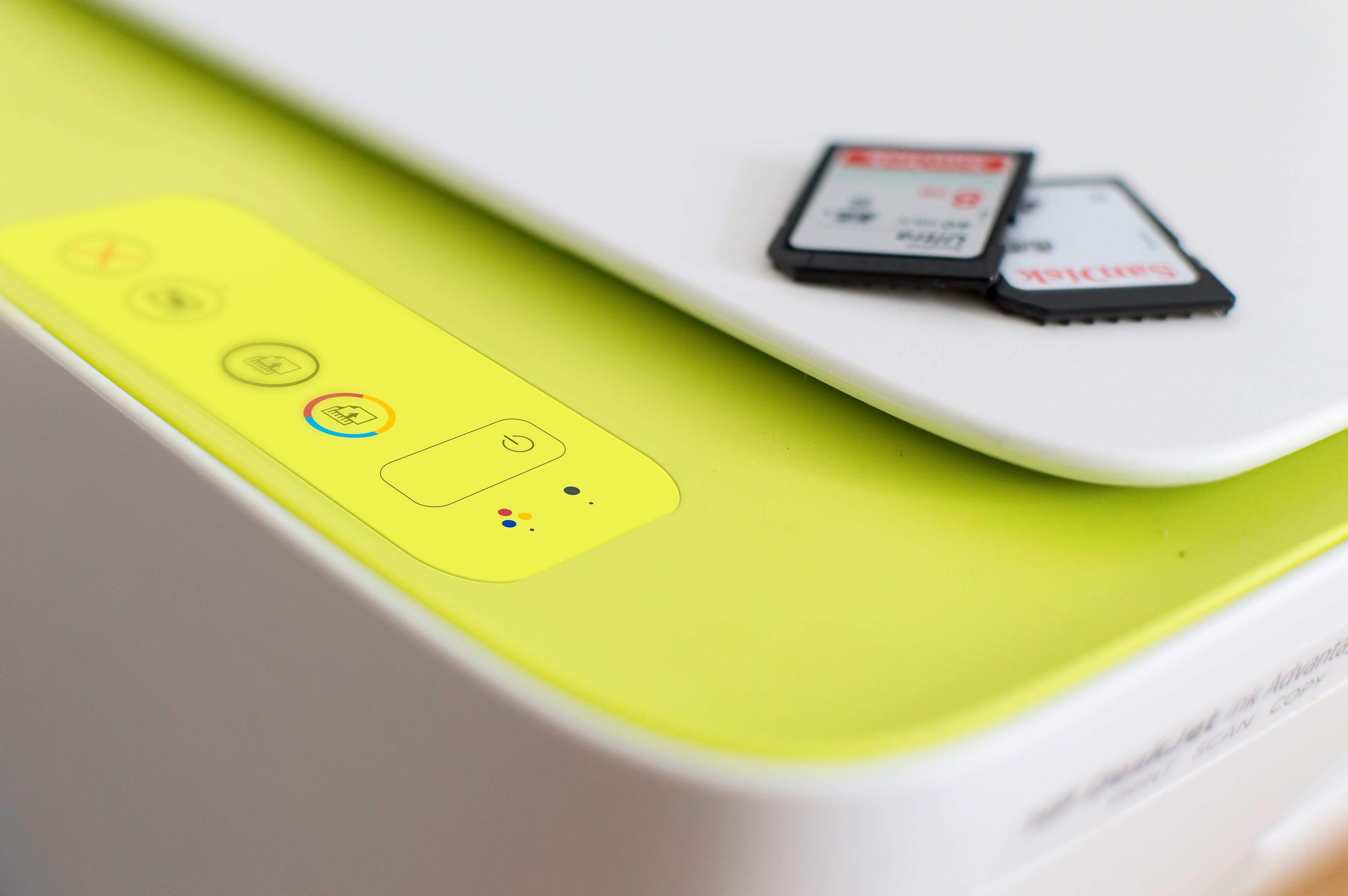Building anything is a complicated, involved process. When you have a whole team working on one project, it will be impossible to get it done without strong communication. This is true for construction workers building a new highway and coders who are helping with software development. No matter the production environment, you need to guarantee your operations team is connected and working toward unanimous goals.
In the world of software building and coding, this is especially vital. The best practice to ensure your code is being built the right way is continuous integration and continuous deployment. This integrates changes and tests developments as the team works on new code and updates to the database. This automated process acts as a test environment to make sure your new sections of code will work together and can be implemented effectively.
If you’re trying to build an agile, adaptable software program, you’ll need to rely on continuous integration. Collaboration is key to your build process. However, some people may run into issues or challenges with this technology. Here are some common mistakes to avoid so you can continue with your software development.
1. Not Using Continuous Integration In the First Place
The biggest mistake you can make is disregarding continuous integration/continuous delivery in the first place. Without this automation, your development team could end up working on multiple different sections of code that simply don’t fit together. This will waste time and money which could cripple your entire software project. You also may end up with a finished project that is nothing like your original vision.
Continuous integration results in a robust final product that will perform better than projects that are jumbled and inconsistent. Lastly, without continuous integration and continuous deployment, it will take you much longer to update software and come out with new changes. If you’re looking to run a successful software development company, be sure you implement this process to yield the best results.
2. Jumping In Too Quickly
Establishing the best practices doesn’t always happen overnight. One mistake companies can make is jumping into new features too quickly. The continuous integration process needs some time to settle in and establish itself. You aren’t going to move from a manual system to a highly automated system with zero need for human intervention in a day. You’ll need time to understand the test automation, make small changes in workflow, and get your coders on board with the process. Consider a staggered rollout to get everyone on the same page and help create consistency one step at a time.
3. Confusing Continuous Integration and Continuous Deployment
There are two distinct pieces to the continuous testing puzzle: integration and deployment. People can often make the mistake of confusing the two. Continuous integration is all about securing code and testing new builds. However, those sections of code don’t always need to go down the deployment pipeline. Continuous deployment or delivery is when the code actually goes into effect. Be sure you are keeping these systems separate to ensure efficiency.
4. Not Automating Repetitive Processes
If you are a hands-on person, it can be difficult to let go and allow for automatic processes. However, this is essential for continuous integration to operate effectively. Make sure you are doing automated tests for repetitive processes rather than trying to fix integration errors yourself. This methodology will create a more streamlined, successful product in the end.
5. Long, Complicated Legacy Coding
Some coding may be old, long, and complicated. If your existing code is something known as a Legacy Code, that may be more difficult to update to a new system. It can be time-consuming to integrate these types of code, so it may be better to leave this section alone.



